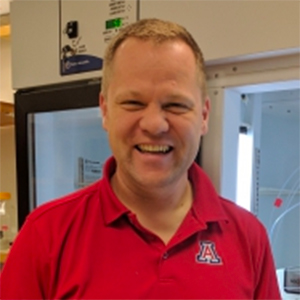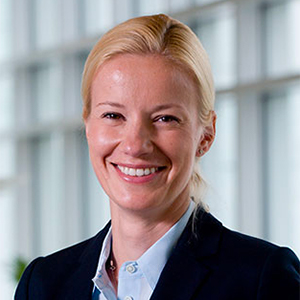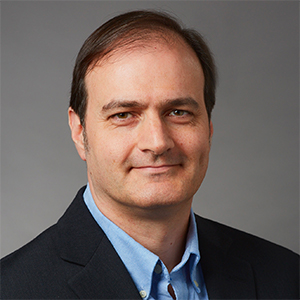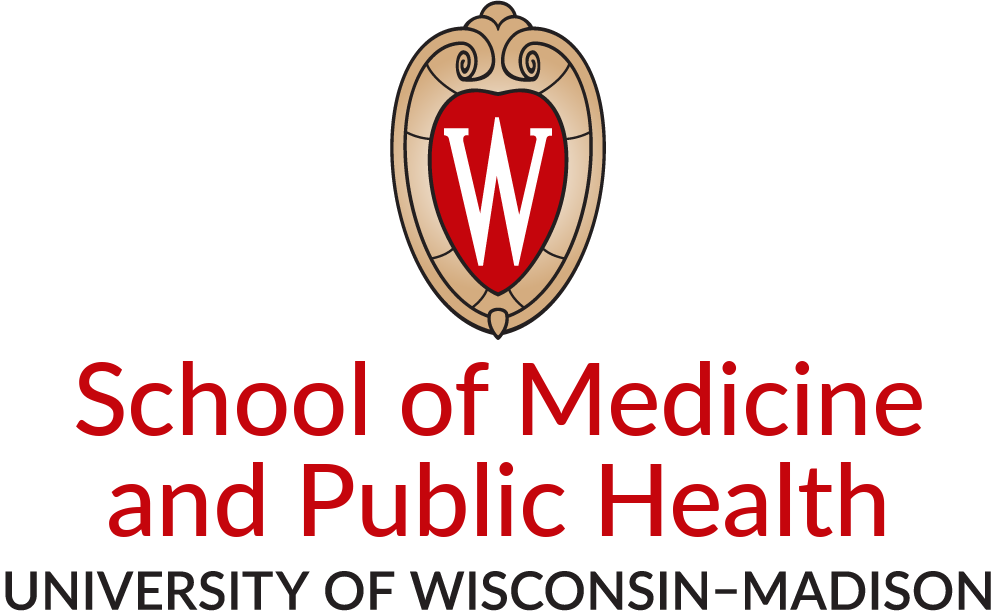Motifs, modules, networks: Assembly and organization of regulatory signaling systems
July 11–14, 2023
Bolger Center, Potomac, Md.
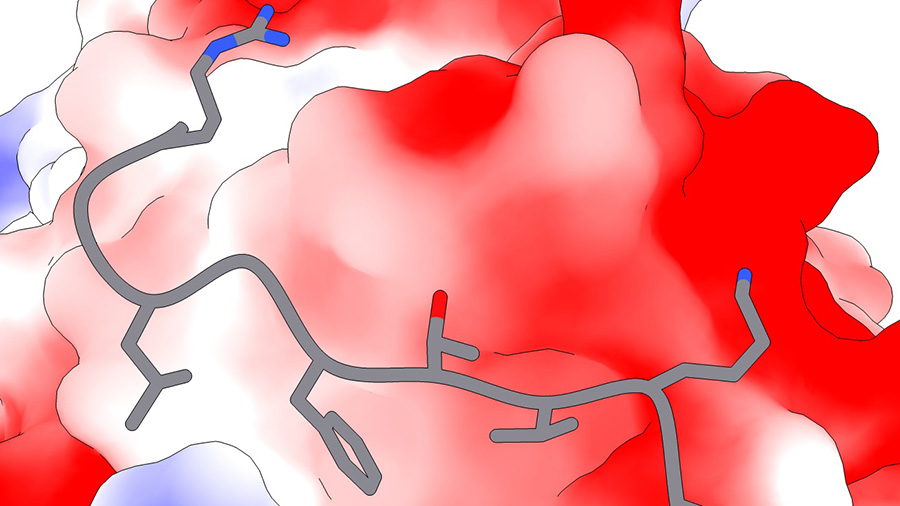
Our understanding of how cellular signaling networks are organized has evolved substantially in recent years. Namely, the myriad components of signaling networks — receptors, signaling enzymes such as phosphatases and kinases, substrates and scaffolding proteins — often assemble through highly dynamic interactions involving intrinsically disordered regions and short linear sequence motifs (SLiMs). These dynamic interactions allow for rapid responses to signaling inputs and dictate systems-level properties of signaling networks. Understanding SLiM-mediated interactions has made it possible to define “substratomes” of signaling enzymes as well as interaction networks that provide novel insights into signaling platforms and cellular networking mechanisms.
This interdisciplinary conference will bring together researchers in structural biology, biochemistry, computational biology and proteomics who investigate cellular signaling networks and leverage these insights into the development of new therapeutic strategies.
Organizers
Sign up for email updates about this conference
Important dates
| May 15 | Early registration deadline* |
|---|---|
| May 31 | Abstract submission deadline for oral and poster (authors are required to register for the conference upon submission of abstract) |
| June 12 | Deadline for cancelations/refunds (no refunds after this date) |
| June 12 | Regular registration deadline* |
*Registration and housing are on a first-come, first-served basis and will remain open until capacity is reached. This may mean that the conference registration closes before the officially posted registration deadline. To secure your spot at the conference we encourage you to register early.
Conference information
- Conference will begin around 4 p.m. on July 11.
- Conference will conclude around 2 p.m. on July 14.
Registration and abstracts
- There is no onsite registration, all attendees must be registered prior to arriving at the conference.
- Registration for the conference is required at the time of abstract submission.
- Please reach out to meetings@asbmb.org if you have questions.
Health and safety
- Mask-wearing and other health and safety measures will be determined based on local, state and venue guidelines and will be communicated to attendees prior to the conference.
Getting to the Bolger Center
Airports
- Reagan National Airport (DCA) — 19.6 miles
- Dulles International Airport (IAD) — 24.5 miles
- Baltimore/Washington International Thurgood Marshall Airport (BWI) — 39.8 miles
Getting from the airports to the Bolger Center
All attendees are responsible for their own transportation. There will not be a shuttle provided to/from the airports/Bolger Center.
- SuperShuttle BWI
- SuperShuttle IAD & DCA
- Uber/Lyft/Rideshare
- Closest metro station is Grosvenor–Strathmore — 5.5 miles away from Bolger Center.
Visas
All individuals traveling from outside of the United States should apply for a visa as soon as possible and at least four to five months prior to their date of travel.
- The most up-to-date information about traveling to the U.S. can be found at the U.S. State Department website.
- Scientists visiting the U.S. may find helpful information at the National Academies of Sciences website.
- Find visa appointment wait times here.
Please do not wait until you receive your registration confirmation before applying for a visa. We encourage you to apply for your visa right away if you are considering attending to avoid delays and longer than anticipated wait times.
If you need a letter of invitation for your visa process, please email meetings@asbmb.org.
- Please include ‘LETTER OF INVITATION’ as the subject line of this email.
- Body of email must include:
- Your name as it appears on your passport
- Your affiliation and mailing address
- Best contact number and email address
Program schedule
Tuesday agenda
Badge pickup
Dinner
Welcome and opening remarks by the organizers
Session I: New approaches to short linear motif discovery
Session chair: Wolfgang Peti
Pony Express discussions
Wednesday agenda
Breakfast
Badge pickup
Session II: Biophysics of linear motif function
Session chair: Rebecca Page
Includes coffee break at 10 a.m.
Lunch
Session III: Protein interaction networks
Session chair: Arminja Kettenbach
Networking break
Poster session I
Dinner
Session IV: Computational modeling of signaling networks
Session chair: Neel Shah
Pony Express discussions
Thursday agenda
Breakfast
Badge pickup
Session V: Compartmentalization of cellular signaling
Session chair: Anne-Claude Gingras
Includes coffee break at 10:15 a.m.
Lunch
Session VI: Regulation of short linear motif interactions
Session chair: Benjamin Turk
Networking break
Poster session II
Dinner
Pony Express discussions
Friday agenda
Breakfast
Badge pickup
Session VII: Control of essential biological processes by SLiM modulation
Session chair: John Scott
Includes coffee break at 10 a.m.


